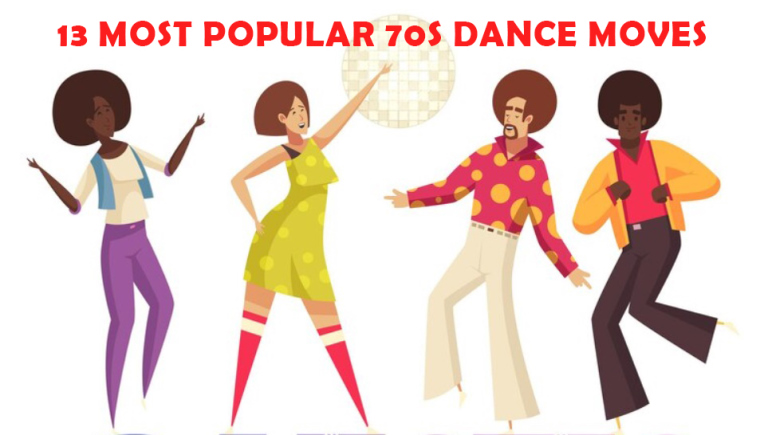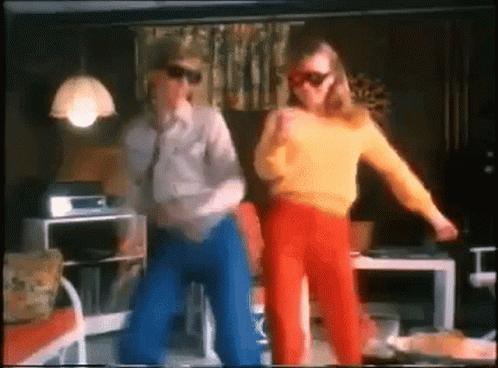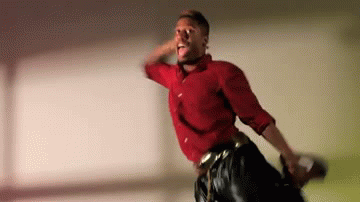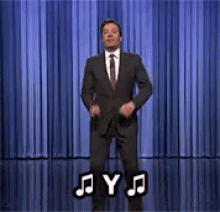Many gigantic events happened in the 70s and set the decade apart from any other. A lot of impressive 70s dance moves were born from the convergence of these cultural waves.
Today, we are going to do a quick headcount on the most unforgettable moves during that era!
Table of Contents
5 Early 70s Dance Moves
The Hustle
The single “The Hustle” by Van McCoy & the Soul City Symphony was released in 1975 after McCoy got to see the new moves of disco dancers. It quickly became a hit and thus pushed the popularity of the dance up along.
Regarding styles, The Hustle resembled salsa and swing at 1.5x speed. Both duo and line performances were famous because of their inclusion in Saturday Night Fever as well as the contagious original song to go with them.
The peak of its fame in America was the TV show exclusively for it: Disco Step-by-Step. It is inspired by dance classes combined with dance battles, with instructions for the steps and hustlers trying to outshine one another.
The Bump
In the early 1970s, the United States was all fired up for a simple dance move with a seemingly silly name: The Bump.
If one argues that The Bump is not truly a dance, it is all good!
We can even say this move is only an excuse for people to bump their butts and rub their hips together, having as much fun as possible! There is no fixed step to do the Bump.
Like many well-known dances, its origin is a popular song in 1974 with the same name, and it wasn’t long until more versions appeared.
A good example would be the duo variation, in which a pair of dancers bump crotches instead. So, it looks much more erotic than the common version!
The Disco Finger
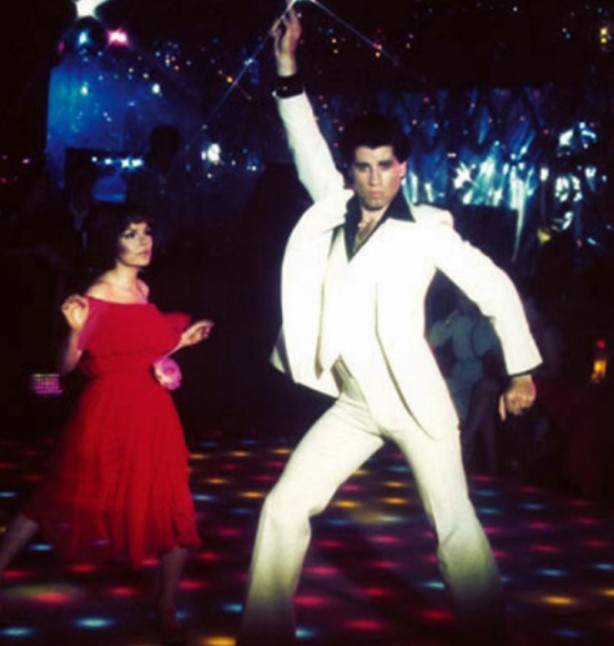
How can we talk about 70s dance moves without mentioning one of the most famous dance crazes of the 1970s? With solo, duo, and group performances available, the Disco Finger ruled all disco clubs back then.
The origin of Disco Finger appeared in the late 1960s, yet it was not until the next decade that it became an inspiration for mainstream artists such as Diana Ross, Donna Summer, Chick, and the Sunshine Band.
With fame came the backlash, yet Disco Finger was still a favorite and celebrated dance move all over the world to this day. The Hustle and The Bump were also steps derived from disco!
Kung Fu Fighting
Kung Fu Fighting is a song by Carl Douglas in 1974 after the Kung Fu wave from Hong Kong took over and took America by storm. Although it was only a B-side track, it earned the 1st position on many charts.
As hard to believe as it was, back in that era, you could see people doing Kung Fu moves across the dance floors. All you needed to do was watch any Kung Fu movie and imitate the fighters as well or badly as you could!
Not everyone was capable of precise timing and powerful kicks, so the dance clubs with Kung Fu dancers were always chaotic, though even that was part of the fun!
The Funky Chicken
Perhaps you are thinking “Chicken Dance wasn’t anything strange, everyone knew how to do it!”, yet we are talking about the Funky one.
It was associated with “Do The Funky Chicken”, a song recorded in 1969, yet it was completely different.
In a live show, Rufus Thomas had to improvise his song and came up with a goofy gush, from a hen’s cackles to funny words encouraging people to mimic chickens.
People found it impossible to resist moving to the renewed Funky Chicken. Although the fad wasn’t a survival among other dance moves of its time, it was fun while it lasted!
8 Late 70s Dance Moves
The Y.M.C.A
There is more behind this 1978 single than one might think.
In the late 1970s, the Y.M.C.An organization was probably the only safe place for the LGBT community, where the youths could be themselves.
The Village People wrote a song as a tribute to this organization.
The song’s popularity skyrocketed when people invented funky moves involving the use of their arms to form the four letters. However, not everyone knew the dance came from a misunderstanding.
When The Village People participated in American Bandstand, the band members raised their hands above their heads and clapped, yet the audience mistook that move for the Y letter.
The band found it interesting and incorporated all four letters in their performance. And we all knew what happened next.
The Brooklyn Shuffle (Night Fever)
In 1977, a disco craze started from Saturday Night Fever, and the Brooklyn Shuffle line dance was one of the moves originating from this craze.
The film conveyed a positive message about being loyal to your true self and leaving the ordinary behind when you dance. That statement alone was sufficient to ignite the urge to dance within people.
In the book “Last Night a DJ Saved My Life”, the authors spared a lot of praise for the Bee Gees. They have created a disco dance that everyone can dance without worrying about their skin color, social status, or identity.
The Nutbush
Performed to the song Nutbush City Limits by Tina Turner and Ike, the dance was very popular in this disco era and more well-known as “The Nutbush”.
Regardless of gender and age, people can partake in this dance in social gatherings. What makes it memorable is the box configuration.
The introduction is rather long, though you will know immediately when the song has started thanks to the powerful beats.
In the next decade, the dance made its way to Australia and became a favorite part of students at various levels of education.
An essential reason for it to become so popular is the simplicity of the steps. Even if you are a newbie or a non-dancer, you can easily pick up the routine of watching others.
The Hot Chocolate
The reputed four-wall line dance from the 1960s was still present when the next decade took over. However, it has been simplified remarkably into something called The Hot Chocolate.
Nonetheless, a beginner might still get confused by the combination of step-ball changes, hip hitches, and included phrases. Keeping the essence of the Four-Wall, there are various crosses and swisses.
Despite the difficulty, it didn’t seem to bother the dance lovers.
In 1978, due to the profit from liquors, the number of disco clubs involving drinks increased tremendously. The fun of this dance became more compatible with the new theme than ever.
The Bus Stop
Once again, the popularity of The Bus Stop dance proved the 70s was the golden era of disco. Although it was first performed in 1975, it only spread its true influence all over the country.
The Rolling Stones magazine was where the first impact of the dance came from. The next year, it was featured in a book about disco. These two milestones ensured enough attention from the media to The Bus Stop.
There are many versions of this dance, yet none of them limits who can join. The dancers only need to maintain an even space with one another because the dance routine is extremely individualistic.
The Disco Duck
Disco Duck is a novelty track by Rick Dees and his Cast of Idiots. It claimed the #1 position on noble Billboard Hot 100 chart in 1976 and got recognition on various records and ranks for its popularity.
The plot inspired the dance. It is all about a man attending a dance party, urged to get up & down in a duck-line style. He sits when the music stops playing, yet everyone is dancing like him when he stands up again.
Disco Duck had the chance to show up on Saturday Night Fever too, combined with a club scene and seniors learning disco, which proved it is suitable for all ages.
The Electric Slide
In 1976, from a demo recording of the Bunny Wailer, a Broadway performer and choreographer created The Electric Slide dance. This original version has 22 steps, which vary for the other derivatives.
For the first Electric Slide, dancers will form two lines and face each other. While in the course, they will circle one another.
Easy and fun, people are still using this move now. You can spot it in reunions, schools, and even weddings.
The Time Warp
Time Warp was first written as a soundtrack of The Rocky Horror Picture Show, and the purpose was to mock and tease the 70s dance crazes.
The concept is an attractive dance that people can’t resist the temptation of dancing to it. It goes against the trend of stiff dances reigning the 7x decades and doesn’t mean to be anything more than a nonsensical joke.
Nonetheless, the irony happened. People loved the dance and the supposed-to-be insanity lived on.
Nowadays, we will still find this pelvic thrust at proms and weddings.
Final Words
How many dances in this list have you tried or at least heard of?
Compared to how crazy it was in the 1970s, we are quite sure there are still more 70s dance moves that we haven’t included.
If you know other variations of these dances or entirely different moves, please don’t forget to share them with us!
After all, the longevity and popularity of cultural as well as artistic traits depend on how we receive and preserve them!
